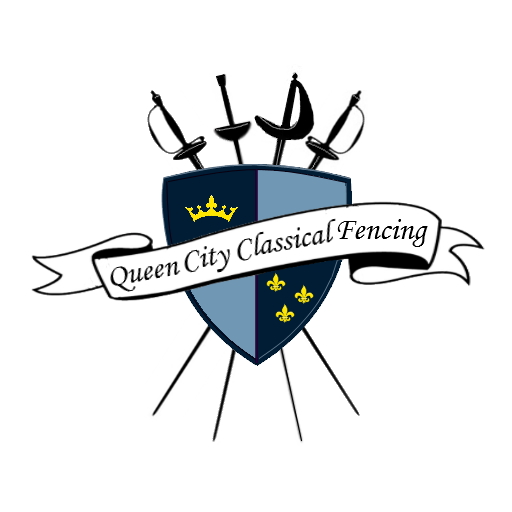
Angelo, demonstrating the 5th position of the salute, Plate 14, 1763.
Domenico Angelo rocked the fencing world. He was an Italian trained in France, appointed as Royal Fencing Instructor by George II where trained the future King, George III, in escrime. In 1763, working with artist Gwyn Delin, he published L’Ecole des Armes in London, entirely in French. It featured clear wording and beautifully detailed plates which came to be the definitive fencing manual, much to the dismay of French fencing masters. Angelo went on to publish a bilingual edition of L’Ecole des Armes in both French and English in 1765.

Denis Diderot, 1767, by Louis-Michel van Loo
In that same year, Enlightenment thinkers Diderot & d’Alembert selected and published Domenico Angelo’s L’Ecole des Armes as the authoritative text on fencing, publishing it as Escrime in the Encyclopédie, ou dictionnaire raisonné des sciences, des arts et des métiers. The original Delin plates were republished at composites with multiple images per page.

Henry Angelo by Mather Brown ca. 1790.
Domenico Angelo’s son, Henry Angelo (an accomplish fencing master himself) went on to republish his father’s landmark work in 1787 as The school of fencing: With a general explanation of the principal attitudes and positions peculiar to the art.
Below are images captured from document scans of Angelo’s 1765 Escrime in Diderot’s Encyclopédie.
-

-
Escrime, 1765, Plate I
-

-
Escrime, 1765, Plate II
-

-
Escrime, 1765, Plate III
-

-
Escrime, 1765, Plate IV
-

-
Escrime, 1765, Plate V
-

-
Escrime, 1765, Plate VI
-

-
Escrime, 1765, Plate VII
-

-
Escrime, 1765, Plate VIII
-

-
Escrime, 1765, Plate IX
-

-
Escrime, 1765, Plate X
-

-
Escrime, 1765, Plate XI
-

-
Escrime, 1765, Plate XII
-

-
Escrime, 1765, Plate XIII
-

-
Escrime, 1765, Plate XIV
-

-
Escrime, 1765, Plate XV
Works Cited
Angelo, Domenico & Angelo, Henry. (1787). The school of fencing: With a general explanation of the principal attitudes and positions peculiar to the art. London.
(Digitally sourced here from Schola Gladiatori’s Schola Forum)
Diderot, D., & d’Alembert, J. L. R. (1780). L’Encyclopédie. [26], Fabrique des armes, escrime : [recueil de planches sur les sciences, les arts libéraux et les arts méchaniques, avec leur explication]. [Facsimile]. Paris: Inter-Livres. [French]




























 The Diamond Rose Academie D’Armes teaches swordsmanship rooted in the French tradition, using the transitional rapier and smallsword of the 17th and 18th centuries.
The Diamond Rose Academie D’Armes teaches swordsmanship rooted in the French tradition, using the transitional rapier and smallsword of the 17th and 18th centuries. 
